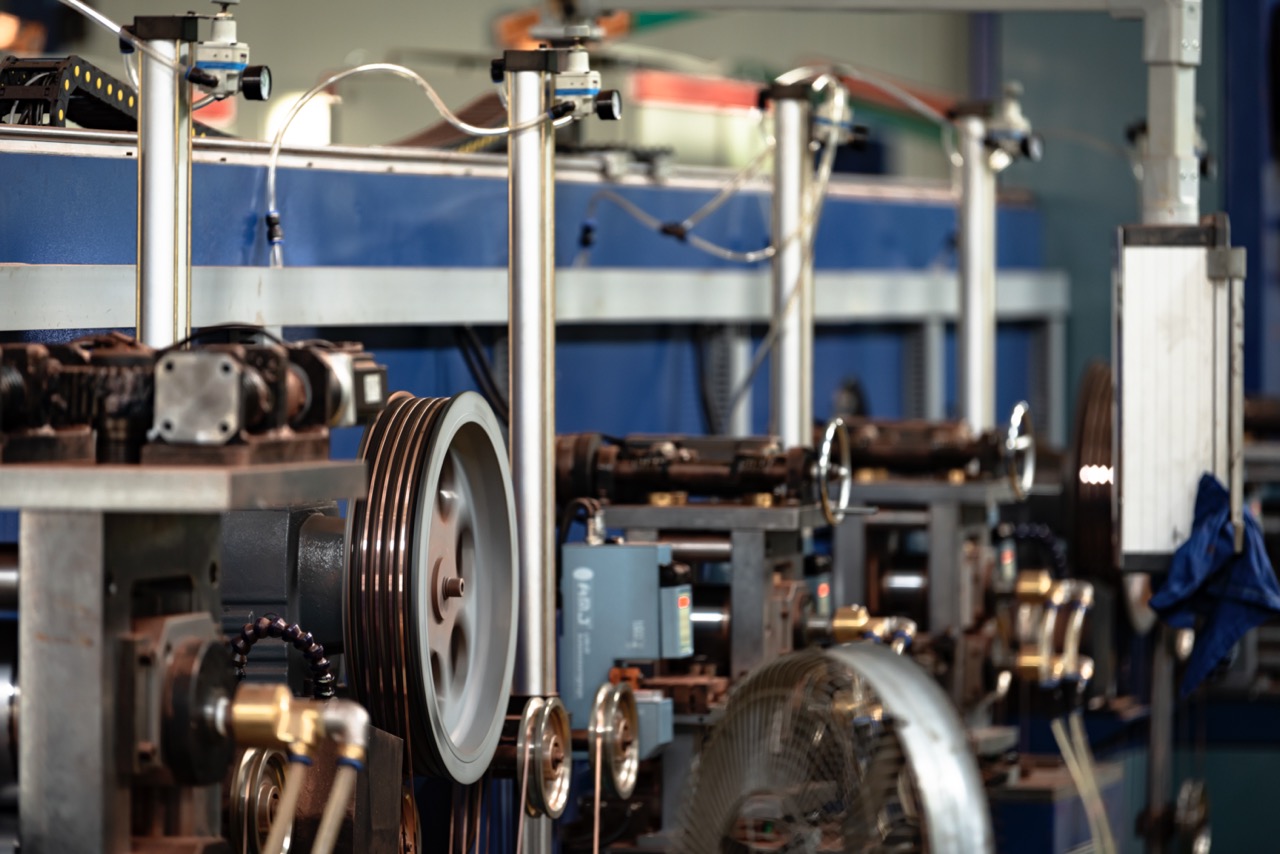Tinning of copper-clad aluminum strip is an important step to improve its conductivity, weldability and oxidation resistance, especially inPhotovoltaic welding ribbon, battery leads, BMS connectors, etc.Due to the special structure of copper-clad aluminum materials, the tinning process is significantly different from that of pure copper or pure aluminum, and must be specially designed and controlled.
1. Why do we need to tin copper-clad aluminum flat wire?
- Improve welding performance
- After tin plating, the tin layer and solder are easily combined, which improves the reliability and speed of welding.
- Prevent oxidation corrosion
- Bare copper is easily oxidized, especially in a humid or acidic environment, and the tin layer can provide protection.
- Enhance contact conductivity
- Tin's low contact resistance improves the conductive stability of the connection point.
- Extend service life
- The tin coating can delay the aging and surface degradation of copper-clad aluminum solder strips.
2. Technical difficulties before tinning
The core of copper clad aluminum strip is "copper clad aluminum", which means that only the copper layer can be tinned. Therefore:
- The copper layer thickness must be ≥5μmIf the surface is too thin, aluminum may be exposed during tinning or subsequent welding.
- The copper layer must be dense and crack-freeOtherwise, the penetration of tin liquid will cause peeling or bubbles.
- The aluminum core must be completely covered, otherwise once the aluminum is exposed, the tin plating will fail and electrochemical corrosion will occur easily.
3. Mainstream tinning methods
1. Hot-Dip Tinning
- Process: Pass the copper-clad aluminum strip through a high-temperature molten tin bath.
- Advantages: Uniform tin layer, strong adhesion, suitable for continuous large-scale production.
- Application: Mainstream photovoltaic ribbons such asRaytronThis method is widely used in products.
2. Electroplating Tinning
- Process: Tin is attached to the surface copper by electrolysis.
- Advantages: The tin layer is thinner and more uniform, highly controllable, and suitable for high-precision requirements.
- Disadvantages: It requires higher bonding strength of the copper layer and is not suitable for flat wires with too thin copper layers.
4. Performance requirements after tinning
| project | Technical requirements |
|---|---|
| Surface tin layer thickness | ≥ 5μm (usually up to 8~12μm) |
| Tin layer uniformity | No obvious ripples, delamination or tin nodules on the surface |
| Adhesion | 95% and above pass the tape peeling test |
| Weldability | Tin wetting time < 2 seconds, no false solder joints or leaks |
| Changes in conductivity | Resistivity change before and after tinning ≤5% |
5. Ruichuang's advantages in flat wire tinning
Ruichuang is a leadingSmall size copper clad aluminum flat wire manufacturer, has the following technical advantages in tinning:
- High-speed hot-dip tinning line ensures uniform tin layer thickness per meter of strip;
- Multi-stage annealing + cleaning + anti-oxidation treatment to ensure the cleanliness of the solder strip;
- Customize the thickness of the tin layer to meet the welding needs of different customers;
- Precision straightening treatment to avoid cracking of the tin layer due to bending.
Summarize
Tinning of copper-clad aluminum flat wire is a key link to improve its comprehensive performance, which must rely on high-quality copper layer structure and stable tinning process.Copper clad aluminum stripIt can not only replace traditional pure copper welding strips, but also achieve higher cost performance, making it an ideal choice for the photovoltaic industry.
